SanPa, many voices to reconstruct the story of Vincenzo Muccioli and San Patrignano
Released a week ago, the Netflix docu-series is causing much discussion. It is a cross section that reconstructs the history of the community from its foundation in 1978 until Muccioli's death in 1995.
“How much evil are you willing to tolerate in order for good to be done?”
Carlo Gabardini, who produced it together with Gianluca Neri and Paolo Bernardelli, sums up well what inspired SanPa, the Netflix series dedicated to the San Patrignano community. It is a theme that opens, and in some ways closes, the documentary that has at its centre the figure of Vincenzo Muccioli.
THE HISTORY OF SANPA
It was in the 1970s that the spread of drugs began to be increasingly discussed in Italy. This was immediately done in sensationalist and accusatory tones. The first episode was a police action on a barge on the Tiber in Rome and caused a great clamour, as Vanessa Roghi well recounts in her “Piccola città, Una storia comune di eroina“, Laterza editore, in which she reconstructs the social history of heroin starting from her father’s experience. Since the middle of that decade, the phenomenon has been spreading. The State has no answer. In 1978, Vincenzo Muccioli founded the community of San Patrignano, a stone’s throw from Rimini, which within a few years was to become the largest in Europe. Over 26,000 young people passed through there.
This is a complex story that has always been a source of deep divisions. Until now, it had never been told. Carlo Gabardini continues: “Someone told us: ‘we’ve been waiting for you for over thirty years. Where were you?'”.
NETFLIX SANPA SERIES
SanPa: luci e tenebre di San Patrignano (SanPa: Light and Darkness of San Patrignano) is an original TV series produced by Netflix, produced and developed by Gianluca Neri for 42, written by Carlo Gabardini, Gianluca Neri and Paolo Bernardelli, directed by Cosima Spender, with editing supervision by Valerio Bonelli, music by Eduardo Aram, and photography direction by Diego Romero.
It consists of five episode of an average duration of about one hour each: Birth, Growth, Fame, Decline, Fall. Two years of work with original material taken from over two hundred hours of footage from 51 archives. There were five weeks of filming between Rimini and Rome in which many key figures of that era spoke. Top-level figures who had lived side by side with Vincenzo Muccioli.
Critics have enthusiastically received the series and you can find many references to read the various reviews here.
SOME VOICES
DIRECTOR COSIMA SPENDER AND THE WRITER CARLO GABARDINI
PRODUCER GIANLUCA NERI
Gianluca Neri is the founder of 42 S.r.l., the newly established production company whose first work was SanPa. In Selvaggia Lucarelli’s ling interview for TPI Neri tells how the idea for the series came and how they worked on it. There are lots of references to various characters.
“I like it if you start with a preconception and then change your mind several times when you watch the documentary. I like that, when you watch it, you feel like being on a rollercoaster, that at first you disagree with Muccioli’s methods and then you change your mind when you hear to those parents say: “As for me, Muccioli could even crucified my son, because where would he have been better off, Rebibbia? The world is also made of shades of grey: you have to understand how many of those you can accept.”
FABIO CANTELLI
Fabio Cantelli played an important role in San Patrignano. In the last years he was in charge of communication and in the interviews in SanPa he is one of the most intense and suffered voices. You can feel all his connection with Muccioli, but also a critical look at what that experience was.
“Fabio Cantelli is now 58 years old. Anyone who has seen SanPa, the Netflix docu-series that is causing so much discussion, will be familiar with his hollowed-out face and the thread of memories, inevitably sweet and bitter, that run through his eyes as he talks. He stayed in San Patrignano for a total of ten years.”
Angela Gennaro’s interview on Open.
PIERO VILLAGGIO
Paolo’s son had been one of the guests of the San Patrignano community. Interviewed by Massimo Calandri on Repubblica, he said: “I also hated Muccioli, but I owe it to him that I am alive. He was a beast, one metre 90 and a hundred kilos, a real lion: he was scary. He could slap people so hard. But he also had an incredible charisma, sensitivity and empathy: you walked past him and he already knew what was going on in your head. When I joined, there were 180 guests, three years later there were 600: he managed everything by himself. He made many mistakes, he often exaggerated, but he was right, believe me.”
THE CRITICS
FROM SAN PATRIGANO COMMUNITY
The official stance of the current community is available on their website. “San Patrignano Community has completely dissociated itself from the docuseries aired by Netflix. The story that comes out is cursory and partial, and its narration focuses mainly on the testimonies of detractors, someone having judicial records in civil and penal causes whose sentences were in favour of the Community itself, without the nature of these sources being clearly shown to the audience.”
LETIZIA MORATTI
“The series is a lost occasion,” said Letizia Moratti, interviewed in the Corriere della sera by Elisabetta Soglio. The former mayor of Milan has dissociated herself form the series and has explained what the community founded by Vincenzo Muccioli, which they joined in 1979, meant for her and her husband Gian Marco. “ Reducing the whole story of the community to the story of one man does not honour the commitment of the people to make that reality grow.”
RED RONNIE
Red Ronnie often shows up in SanPa. He became great friends with Muccioli and esteemed him. Claudia Cagliardi has interviewed him in Optimagazine and he has not hidden his contrariety to the docuseries. “Most of the series, as unfortunately often happens today, completely focuses on negativity, and I didn’t like that. San Patrignano was a magic place. I went there since the beginning, in 1977, I interviewed Enrico Maria Salerno and he told me that he wished his addicted son dead instead, a year later he found him alive at San Patrignano thanks to Muccioli.”
Translated by Bignoli Mariachiara, Brovelli Chiara, De Benedetto Debora and Perinelli Giorgia
Reviewed by Prof. Robert Clarke
La community di VareseNews
Loro ne fanno già parte
Ultimi commenti
Felice su Valuta verso la Svizzera, la Finanza alza il muro nel Vco: fermati oltre 6 milioni nel 2025
frenand su Nato per bilanciare il lato scientifico dell'ateneo, il Centro di Storia Locale dell’Insubria celebra i 25 anni
michele_drive su Commercianti in rivolta per la ciclabile a Belforte: Angei chiede una commissione urgente
Bustocco-71 su “Salari erosi, pensioni penalizzate”: la protesta della Cgil a Varese nel giorno dello sciopero nazionale
gbottinelli su Ciclabile di viale Belforte a Varese, commercianti sul piede di guerra
Fabrizio Tamborini su “Salari erosi, pensioni penalizzate”: la protesta della Cgil a Varese nel giorno dello sciopero nazionale



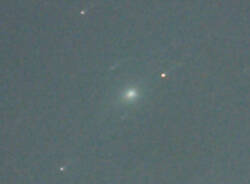
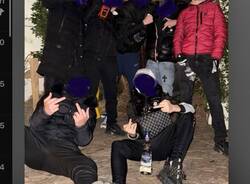
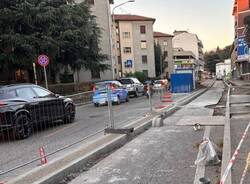

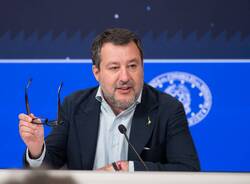

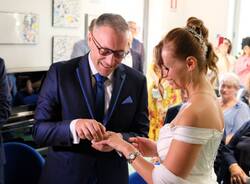
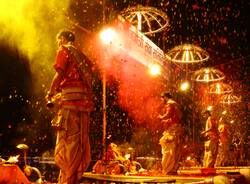

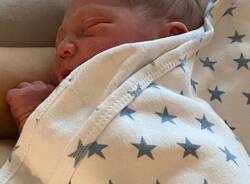



Accedi o registrati per commentare questo articolo.
L'email è richiesta ma non verrà mostrata ai visitatori. Il contenuto di questo commento esprime il pensiero dell'autore e non rappresenta la linea editoriale di VareseNews.it, che rimane autonoma e indipendente. I messaggi inclusi nei commenti non sono testi giornalistici, ma post inviati dai singoli lettori che possono essere automaticamente pubblicati senza filtro preventivo. I commenti che includano uno o più link a siti esterni verranno rimossi in automatico dal sistema.